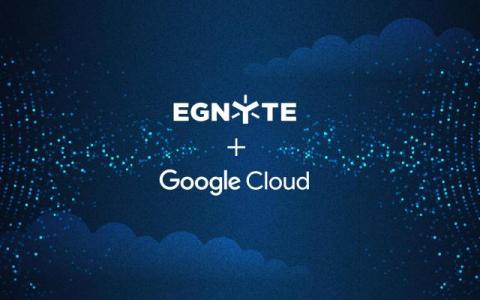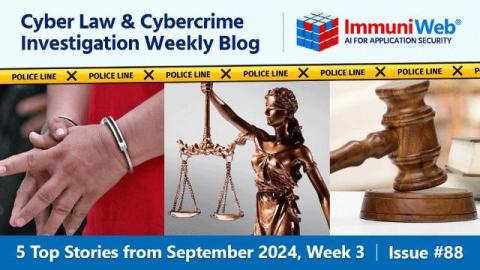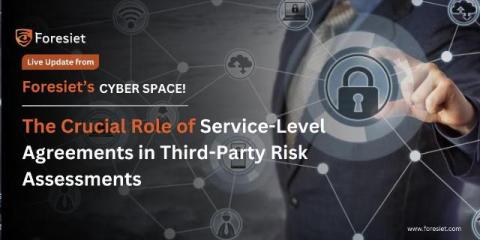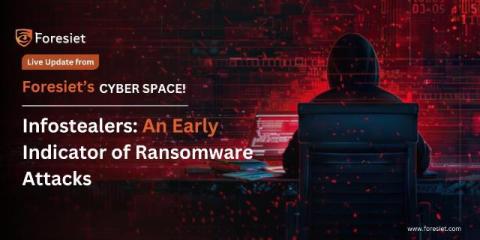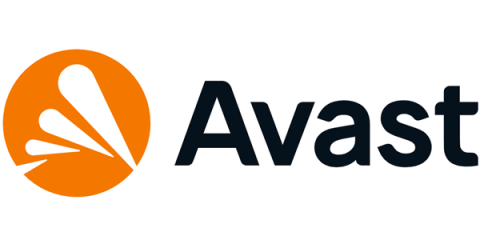Harden your LLM security with OWASP
Foundationally, the OWASP Top 10 for Large Language Model (LLMs) applications was designed to educate software developers, security architects, and other hands-on practitioners about how to harden LLM security and implement more secure AI workloads. The framework specifies the potential security risks associated with deploying and managing LLM applications by explicitly naming the most critical vulnerabilities seen in LLMs thus far and how to mitigate them.



